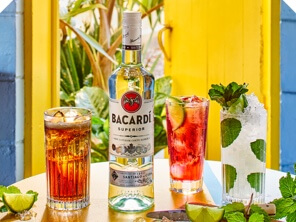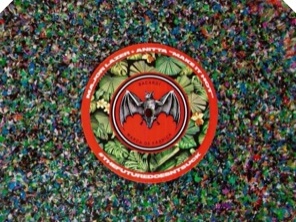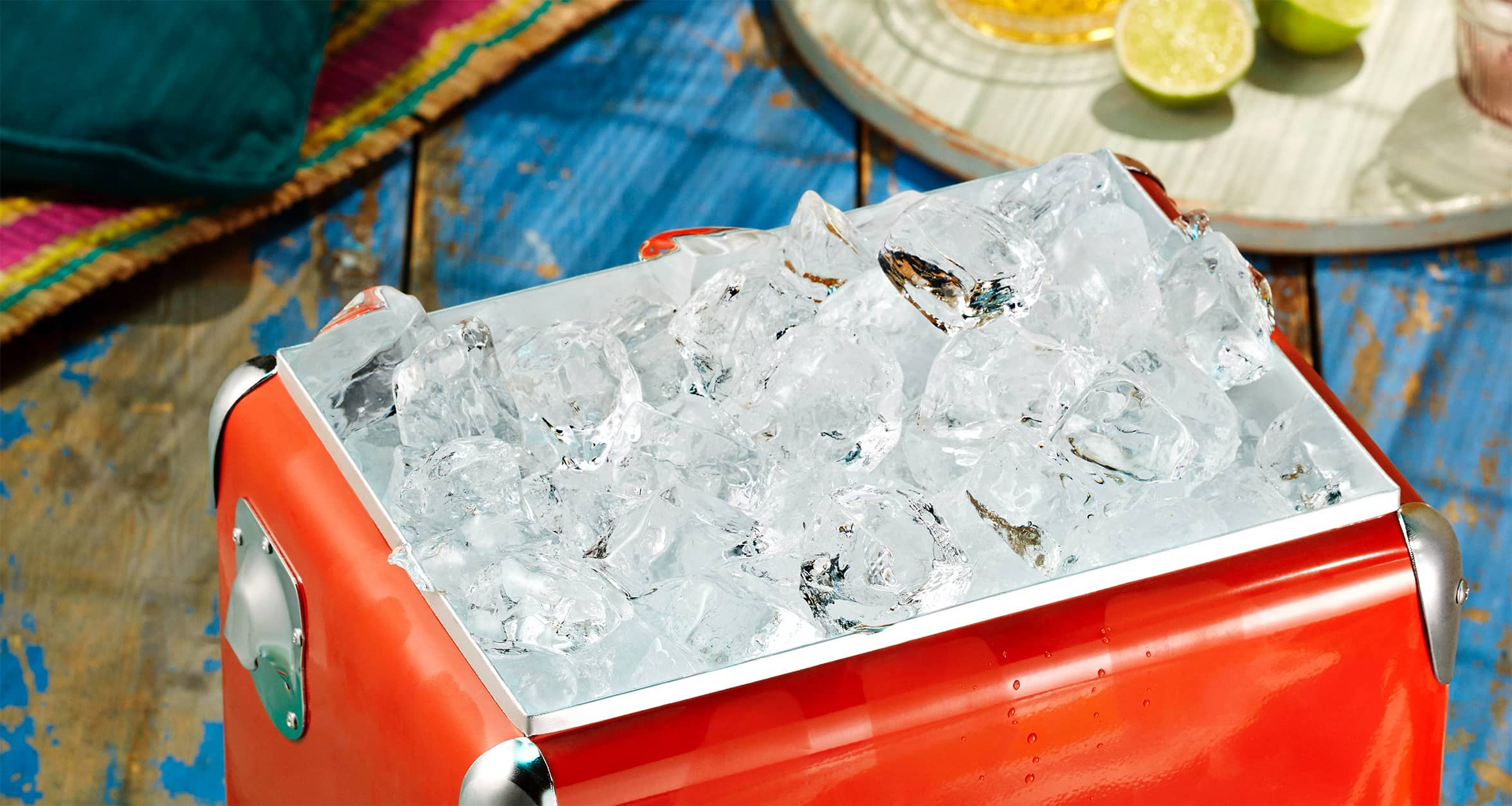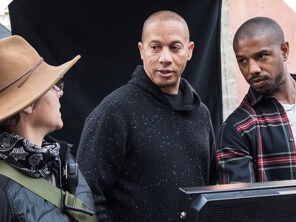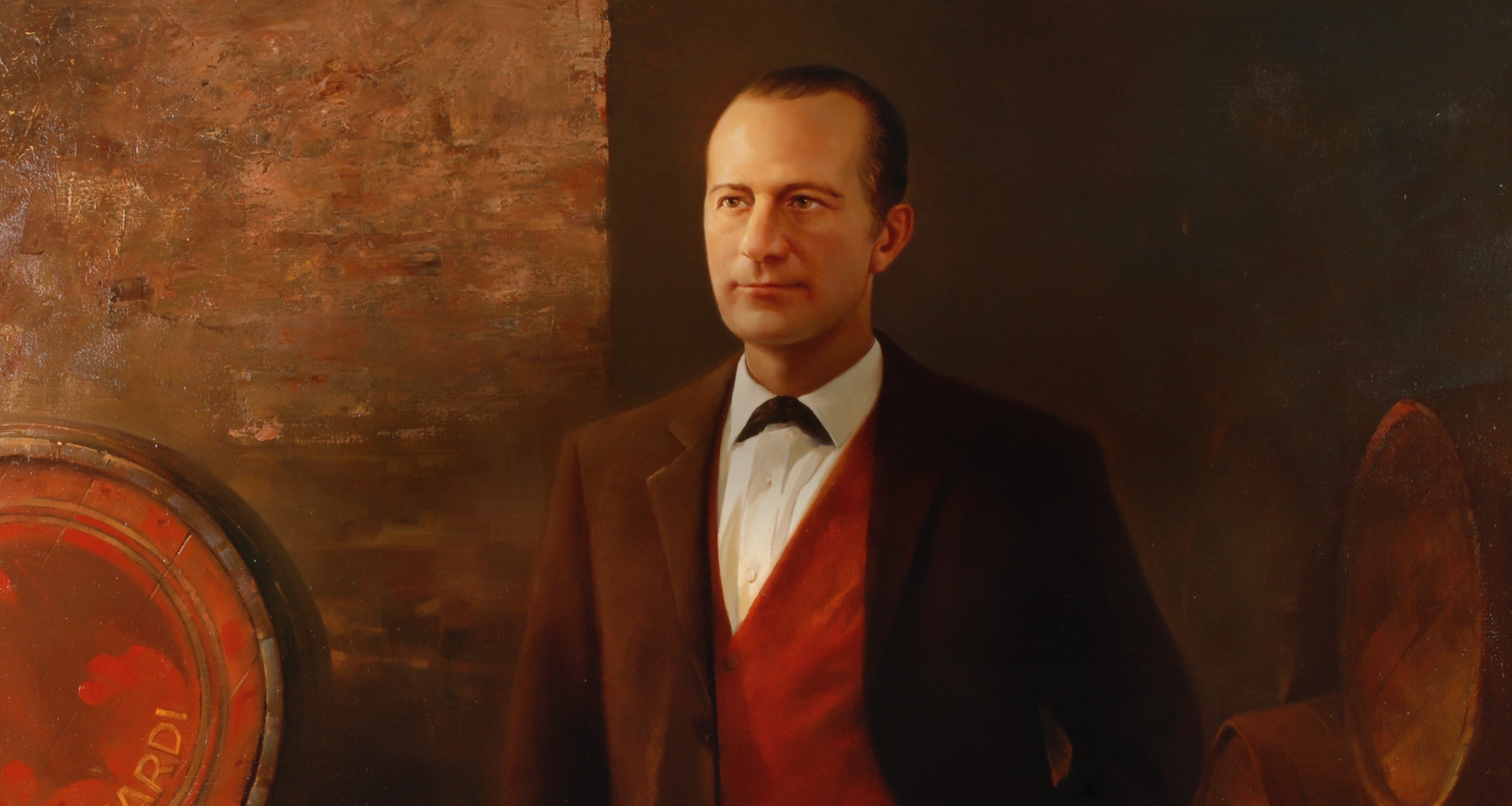
history
This is our story
8 min read
Thanks to our ingenious founder, Don Facundo Bacardí Massó, a rum like no other was born.
After enduring bankruptcy, family tragedy, earthquakes, and exile, the Bacardí family continue to inspire the world to come together and enjoy the rum Don Facundo created. This is our story: over 150 years of never giving up.
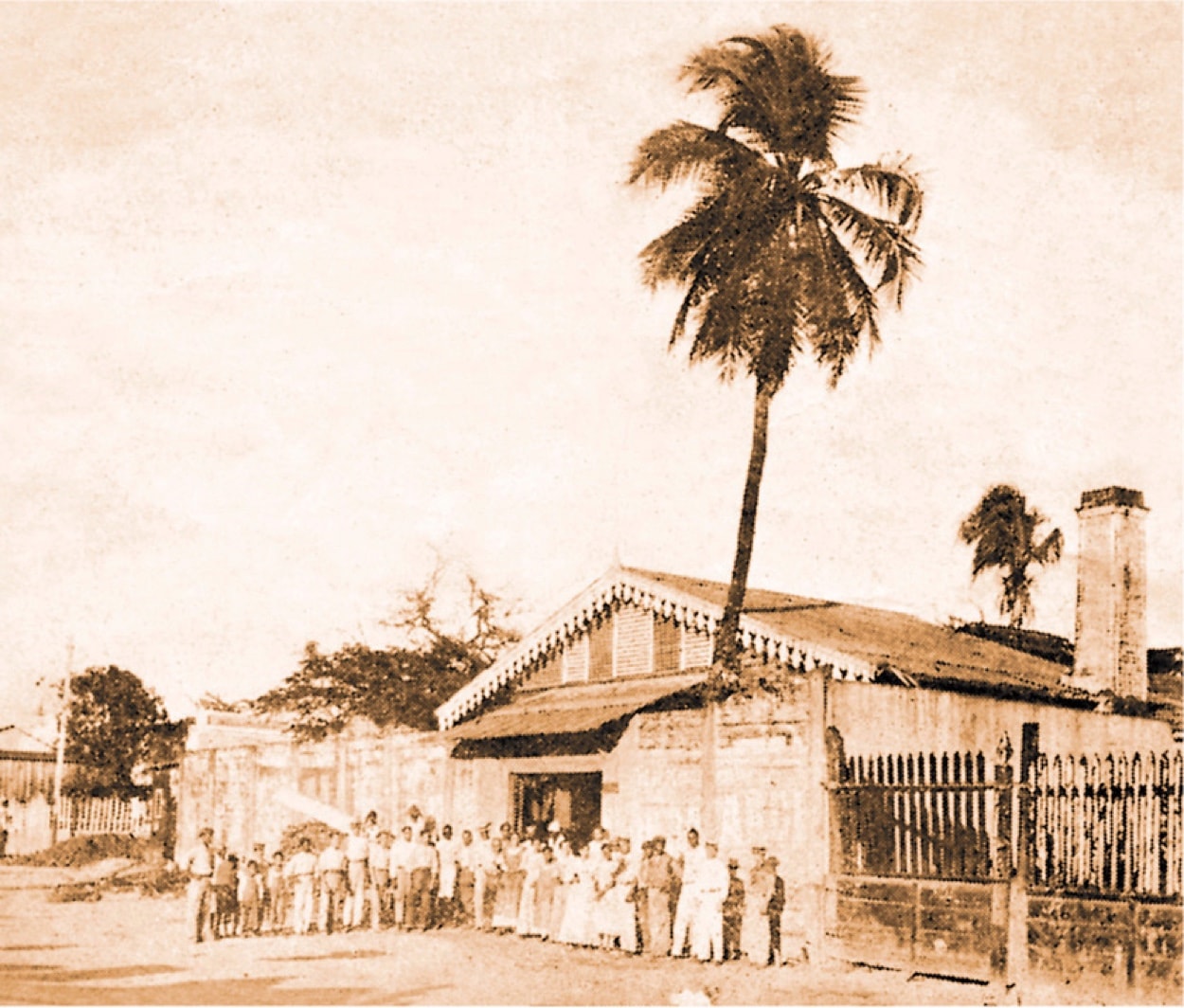
Employees outside the first distillery, known as La Tropical, in Santiago de Cuba.
CHAPTER 1: A LESSON IN NEVER GIVING UP
The year is 1830. Imagine you’re fifteen-years-old and you’re about to embark on a journey far away from your home in Spain to join your brothers in Santiago de Cuba, to make a life for yourself there. Your name is Facundo Bacardí.
Now imagine that after a decade of working hard to save up enough to run your own wine business and starting a family with your wonderful wife, and strong matriarch, Doña Lucia ‘Amalia’ Victoria Moreau, you feel like all is right with your world again. That is, until two devastating earthquakes hit your city and the outbreak of cholera that comes afterwards claims the lives two of your children and countless others. To top it off, after the outbreak is over, you find your business looted and have to file for bankruptcy. (Ok, this is getting heavy, but we promise things look up, don’t worry!).
Such were the early years for Don Facundo and Doña Amalia, Bacardi’s tenacious founders and the heroes of our story. They were the ultimate dynamic duo, and they were determined to rebuild their lives.
Don Facundo decided to focus his energies on a gap in the market he had noticed in his years as a wine merchant: developing a refined rum, fit for the sophisticated palates of the emerging middle classes in Santiago de Cuba. He chased his insatiable curiosity down many paths, meticulously analyzing where he could refine, to ensure quality and consistency, not leaving anything to chance. Up until this point, he was not an expert in spirits – he was self-taught and learnt as he went making his achievements all the more impressive. Our hero was not the type of man who would settle for mediocrity or to follow the trails of others, and he could not have done it without the strength and support of his Doña Amalia. She invested in their shared vision for ten years, while raising their brood of young, strong minds.
It wasn’t until Don Facundo’s rum experimentations using a single strain of yeast found in the Cuban sugar fields, that he realised he was onto something special something that no one had ever achieved before.
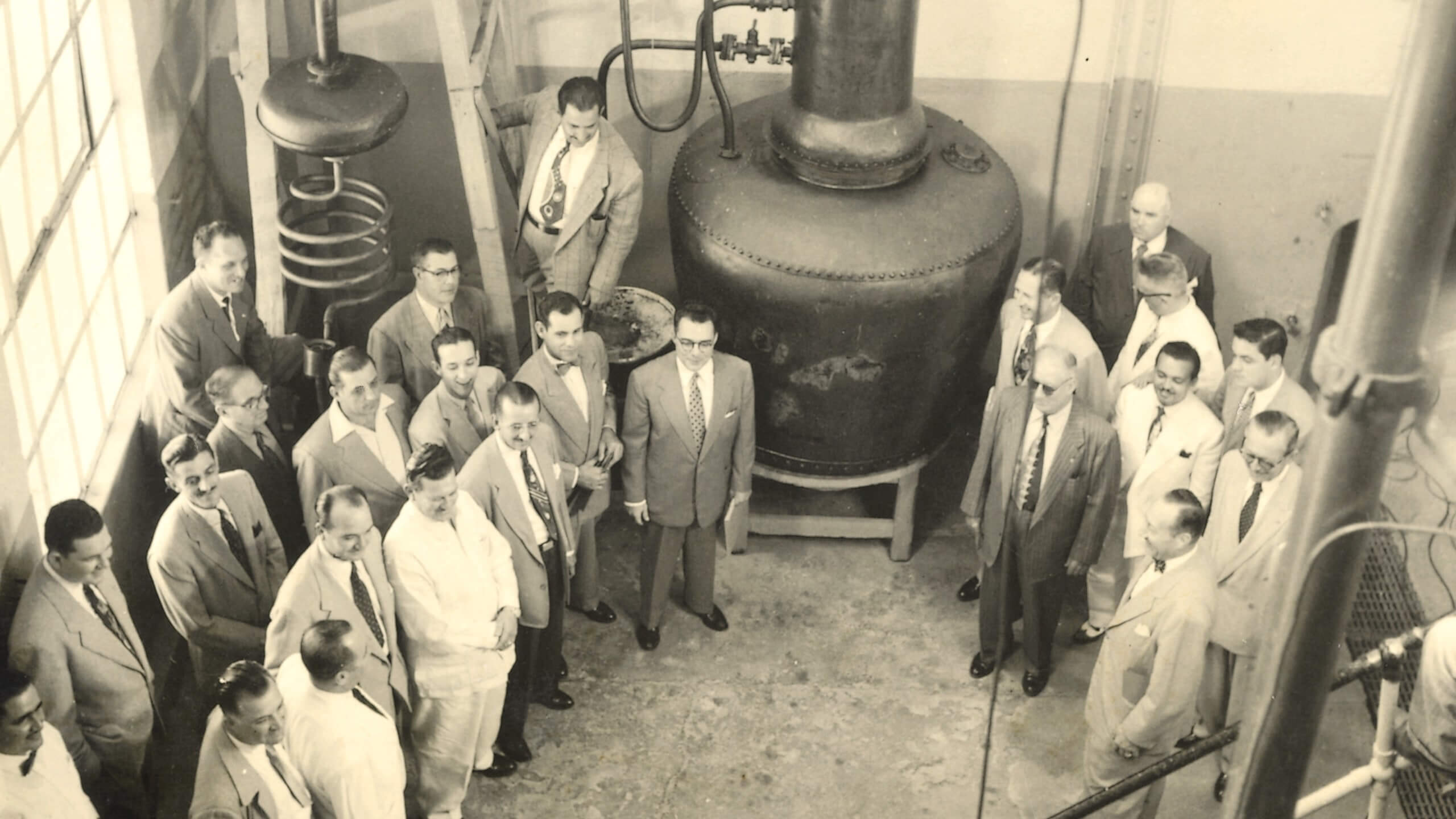
1950s: Daniel Bacardi (center) showing visitors the original Bacardi alembic from 1862.
CHAPTER 2: TASTE THE FLAVOR OF 1800’S CUBA
Don Facundo devoted himself to his beloved craft from 1852 to 1862, until he made revolutionary progress. He finally established four innovative steps in the rum production process that would go on to set the standard for rum-making, the likes of which the world had never seen.
DON FACUNDO’S RECIPE FOR CHANGING THE WORLD OF RUM FOREVER
1. Find the ‘Eureka moment’ the use of a single strain of yeast to control fermentation leading to the development of a particular flavor profile for both uniqueness and consistency.
2. Invent the parallel process creating one rum base with intense flavour, aroma and character, and another much lighter and more delicate which are then blended together. (This process enabled our hero to produce a range of rums varying from the very light and delicate to richer and more flavourful rums.) The process involves parallel fermentation, distillation, ageing and filtering.
3. Be the first to use oak barrels to purposefully age the rum and develop specific flavor pro-files (a process which is more commonly known these days for brandies and whiskies). We call this today Undisturbed Tropical Ageing – which sounds like a very nice way to spend your retirement years if you ask us…
4. Pioneer the use of charcoal filtration in spirits this was done to both filter out impurities and to shape the flavor profile with a mix of charcoals that remains a secret today to all but Bacardí’s trusted team of rum makers: the formidable Maestros de Ron BACARDÍ.
Incredibly, this original, single strain of yeast from Cuba is still the same strain that is used to form the distinctive flavor profiles of BACARDÍ Rums today. So, when you think about it, when you drink BACARDÍ Rum in the 21st century, no matter where in the world you are, you’re drinking in a little bit of tropical Cuba from the 1850’s. Yum!
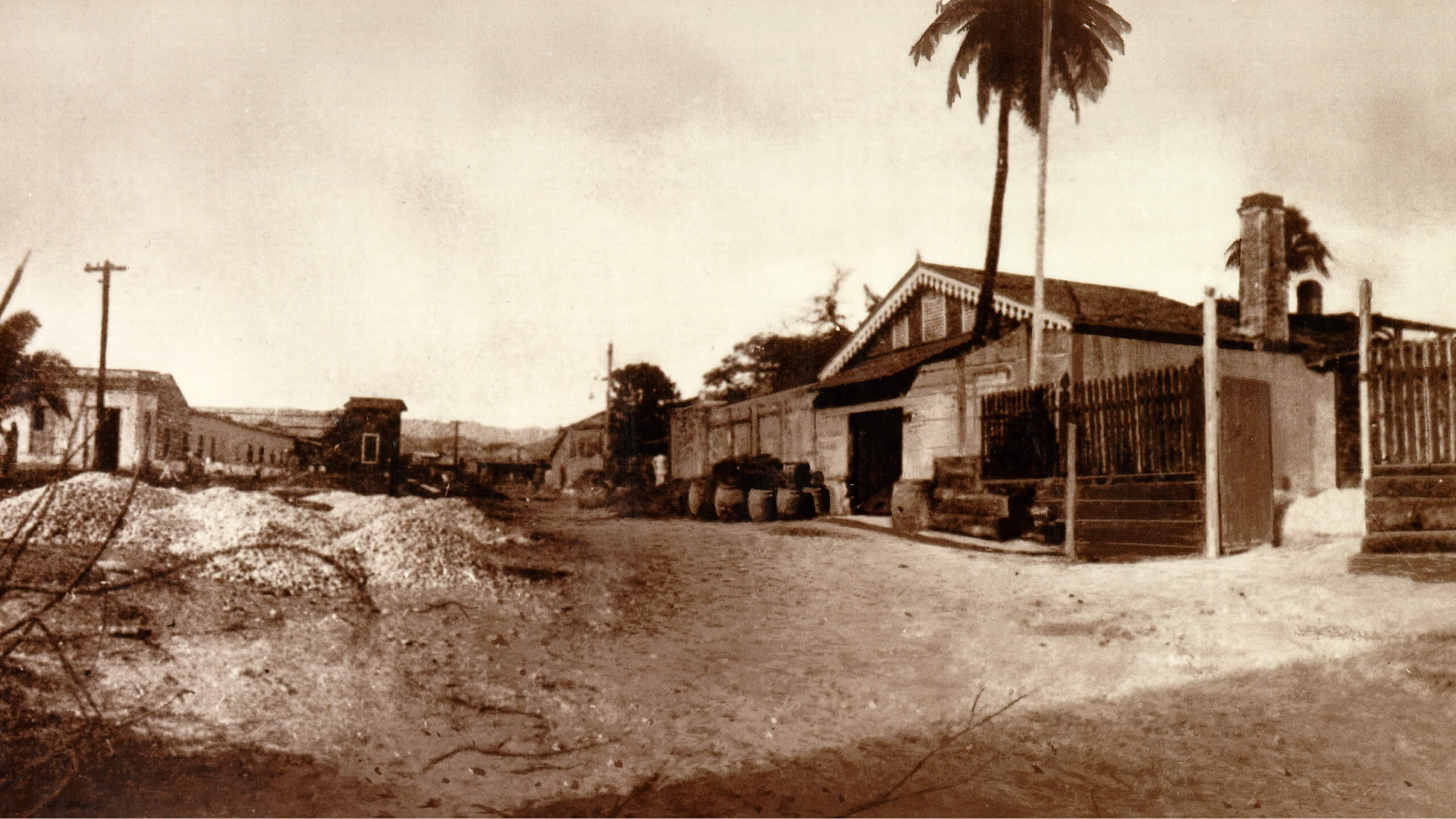
The First Bacardi distillery formerly known as ‘La Tropical’ in Santiago de Cuba.
CHAPTER 3: BATS ARE GOOD LUCK (AND SO WAS EL COCO)
It’s the year 1862. Imagine now you’re Doña Amalia, our leading lady. You’ve invested in all those rum experiments for the past decade, and you can finally taste the results. Your husband has now created four rums he’s proud to share with family and friends. There’s the lightest – BACARDÍ Carta Blanca Rum, which is soon known as a sophisticated and astonishingly easy to drink spirit. The other three rums are also much-loved – the more robust and flavourful ones known as BACARDÍ Carta Oro Rum, BACARDÍ Añejo Rum, and the family reserve ‘Reserva de la familia’, now known as BACARDÍ Grand Reserva 8 Años Rum. Upon tasting them, with your savvy business sense, you declare them ready to be made commercially.
After much persuasion and encouragement from you, your friends and the local rum fans in Santiago, Don Facundo buys a small tin-roofed distillery in Santiago de Cuba. The 4th of February, 1862, is one of those golden days our family will always think of fondly: the day the Bacardi Company was formally established and we begin making rum together for sale. To mark the auspicious occasion, your poetically-minded son, Facundo Bacardí Moreau, plants a coconut tree, El Coco, outside the distillery. It will grow to symbolize the strength and resilience of the company and your family.
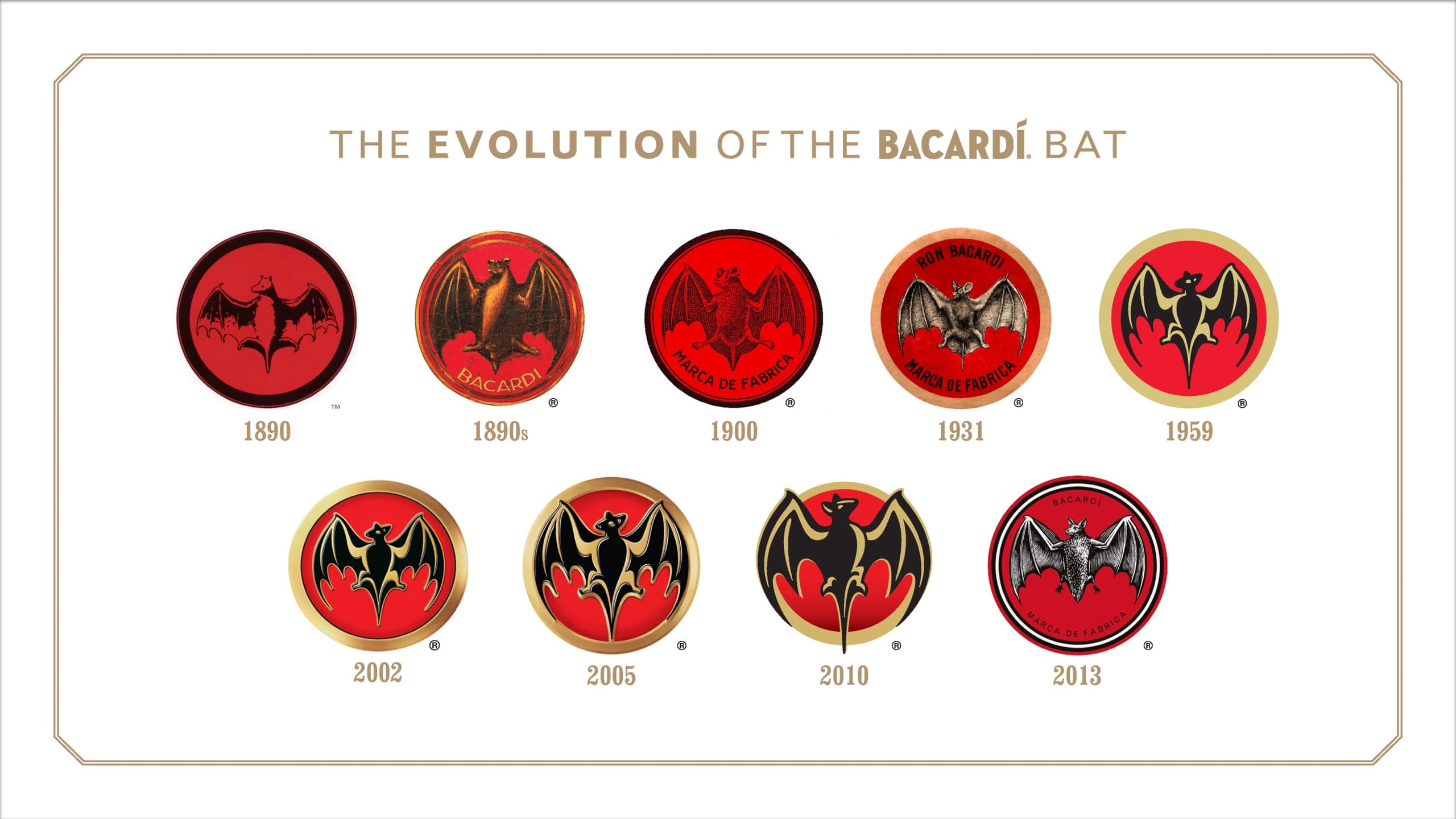
Evolution of the BACARDÍ Bat Device from its first known variation in the 1890s through our present-day bat device.
Once production is underway, and the sweet smell of the open fermentation of molasses starts wafting through the tropical air, a colony of fruit bats is attracted by the smell and decides to make the distillery their home. You, Doña Amalia, soon discover them, and rather than getting rid of them, you invite them to stay. You understand the significance that bats hold in both local Cuban Taíno and Spanish lore. For the Taínos, bats are regarded as spiritually significant. For the Spanish, they’re thought to bring good health, fortune and family unity. You wisely see the bats as a good omen and make the decision to adopt the symbol of the fruit bat as an emblem for the BACARDÍ Family of Rums.
The symbol soon becomes iconic and makes BACARDÍ Rum instantly recognisable – a badge of quality and consistency. Rumours quickly spread across Cuba about the premium quality of ‘el ron del murcielago’ or the ‘rum of the bat’. The bat has remained on nearly every label of every product carrying the Bacardí family name since your brilliant idea in 1862.
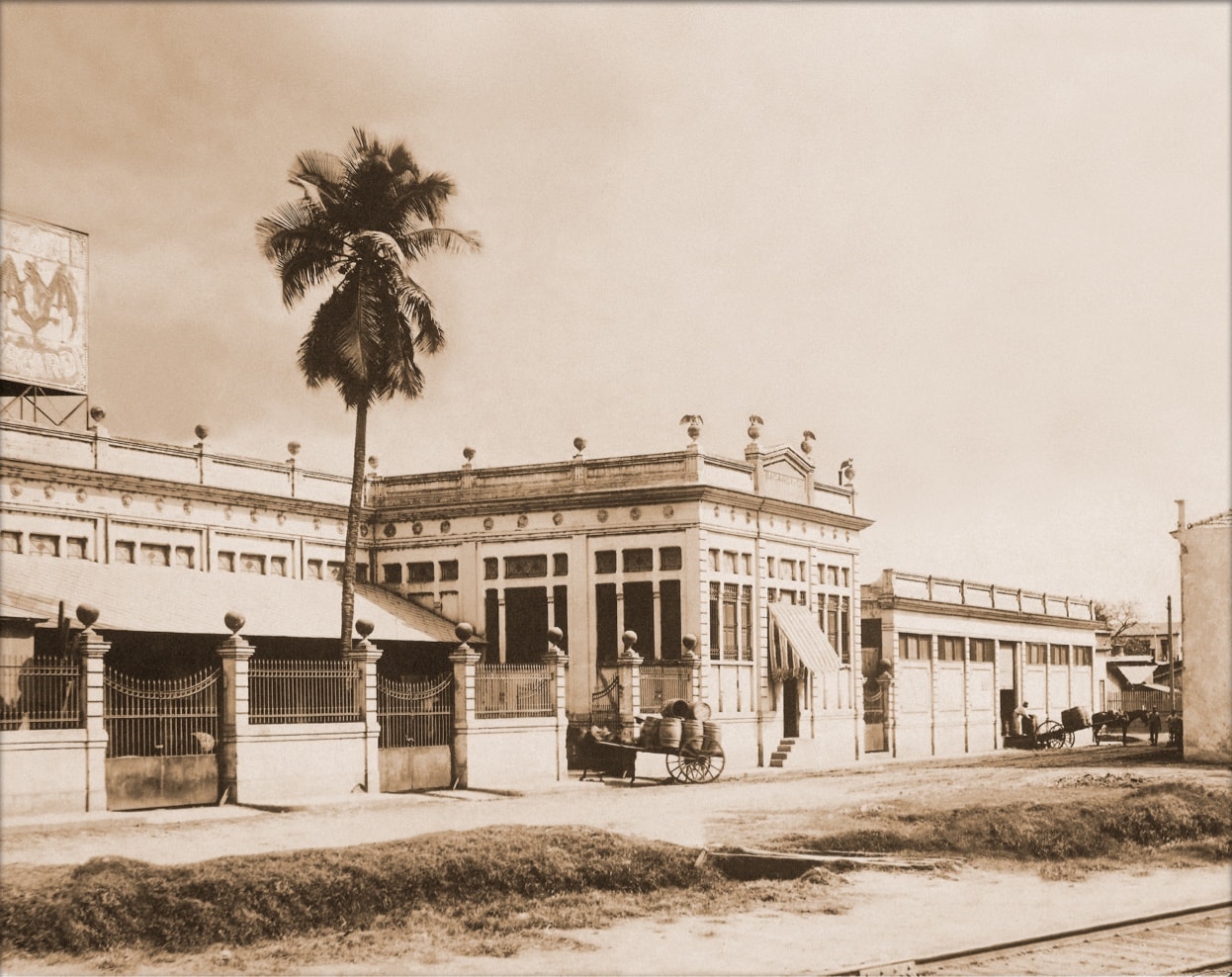
The original BACARDI distillery circa 1940s, featuring a prominent symbol of the company: El Coco.
As for El Coco, the legendary palm tree withstands a distillery fire, five earthquakes, and countless hurricanes and so represents our spirit of never giving up. Eventually, a local prophecy grows around the palm tree: “The Bacardi company will survive in Cuba so long as El Coco lives!”
Fun fact: Today, every Bacardi office around the world has a palm tree either outside or inside the building, as a symbol of good luck!
CHAPTER 4: IT`S COCKTAIL HOUR!
Now, jump forward in time to the 1920’s. Our hero and heroine’s charming grandson, Facundito Bacardí Gaillard is now a master blender, (Maestro de Ron BACARDÍ), and what a time it is to be alive: the Golden Age of cocktails has begun!
Let’s set the scene with a few delicious facts:
1. At the turn of the century, the American mining engineer Jennings S. Cox invents the BACARDÍ Rum Daiquirí cocktail as a refreshing treat for his copper-mining crews, using freshly squeezed lime juice, sugar, ice shavings and BACARDÍ Carta Blanca rum. He names the drink after the hot little mining town they are stationed in: Daiquirí, Cuba.
2. Two years later, the Cuba Libre cocktail is created in Havana when Captain Russell, an American soldier, mixed BACARDÍ Rum and Coca-Cola® with lime to celebrate the end of the Spanish-American War. The battle cry of the Cuban soldiers’ ‘Por Cuba libre!” (For a Free Cuba) is used as a toast and eventually christens the drink!
3. In 1910, Bacardi becomes Cuba’s first multinational company by opening operations in Barcelona where BACARDÍ rum is bottled outside Cuba for the first time.
4. A New York City bottling operation is opened just before Prohibition in 1916 to keep up with the growing demand for BACARDÍ Rum in the United States
Enrique Schueg the “architect of expansion” is at the helm, working hard to continue growing the family business. Meanwhile, Facundito is proving his skills, not only as a blender but also for throwing LAS FIESTAS DE FACUNDITO – the parties to end all parties. Thanks to his generous hospitality, he helps to make sure the Bacardí name becomes synonymous not only with integrity as a rum but a generous love for life.
And the parties are not exclusive – he invites people from all walks of life, spilling out from the Bacardí home and into the street with dancing and laughter. There are those who sail or fly in from as far away as New York, France and Spain just to be a guest at the parties, but the hospitality extends to everyone in the community. Facundito was known to load the party band on the back of a truck and drive them through the streets so everyone could enjoy the music and the family’s rum.

Two girls at the Mezzanine bar.
Not even Prohibition stops us. The party spirit of BACARDÍ only grows wilder. While alcohol is banned in the US, the Bacardí family draws party-goers to “fly to Cuba and bathe in BACARDÍ rum”.
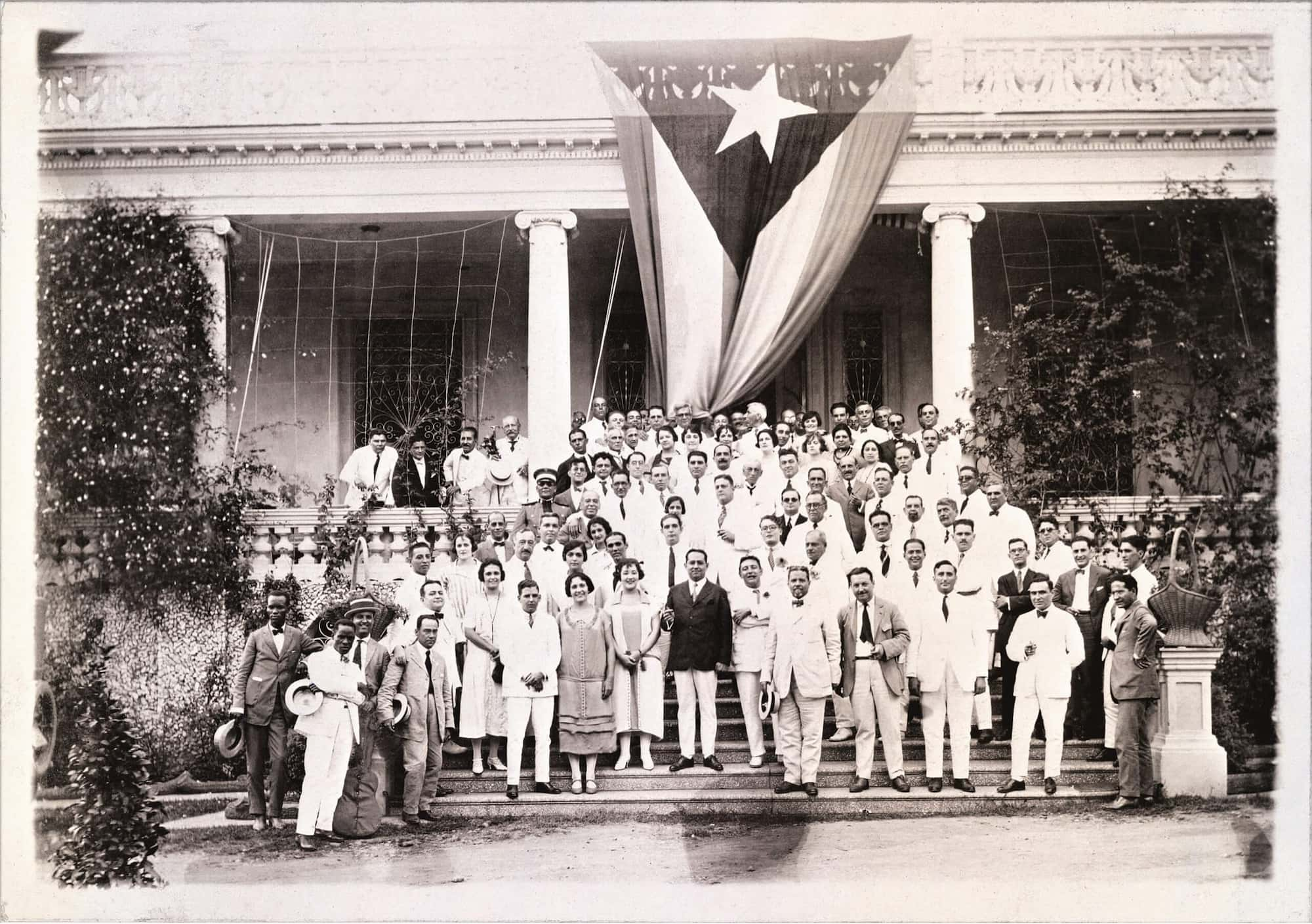
Party at the summer house Villa Elvira in Cuabitas, Cuba draped with Cuban flag and featuring Facundito Bacardi Gaillard, Jose “Pepin” Bacardi Fernandez, Rafael “Pappy” Valiente and Elvira Cape de Bacardi.
More fun-loving guests pour into Havana and are greeted by the infectious energy of Rafael “Pappy” Valiente, nicknamed “the happiest salesman in Havana”, who introduces our guests to the delight of BACARDÍ Rum at the Mezzanine bar at the Edificio Bacardí – Havana’s first skyscraper. He personally shows them how to craft the perfect BACARDÍ Rum Mojito, Daiquirí, Cuba Libre or the BACARDÍ Cocktail – all using BACARDÍ Rum, of course!
“Havana had a very active nightlife, like the famous nightclub Tropicana. There had never been anything like it in the US.”
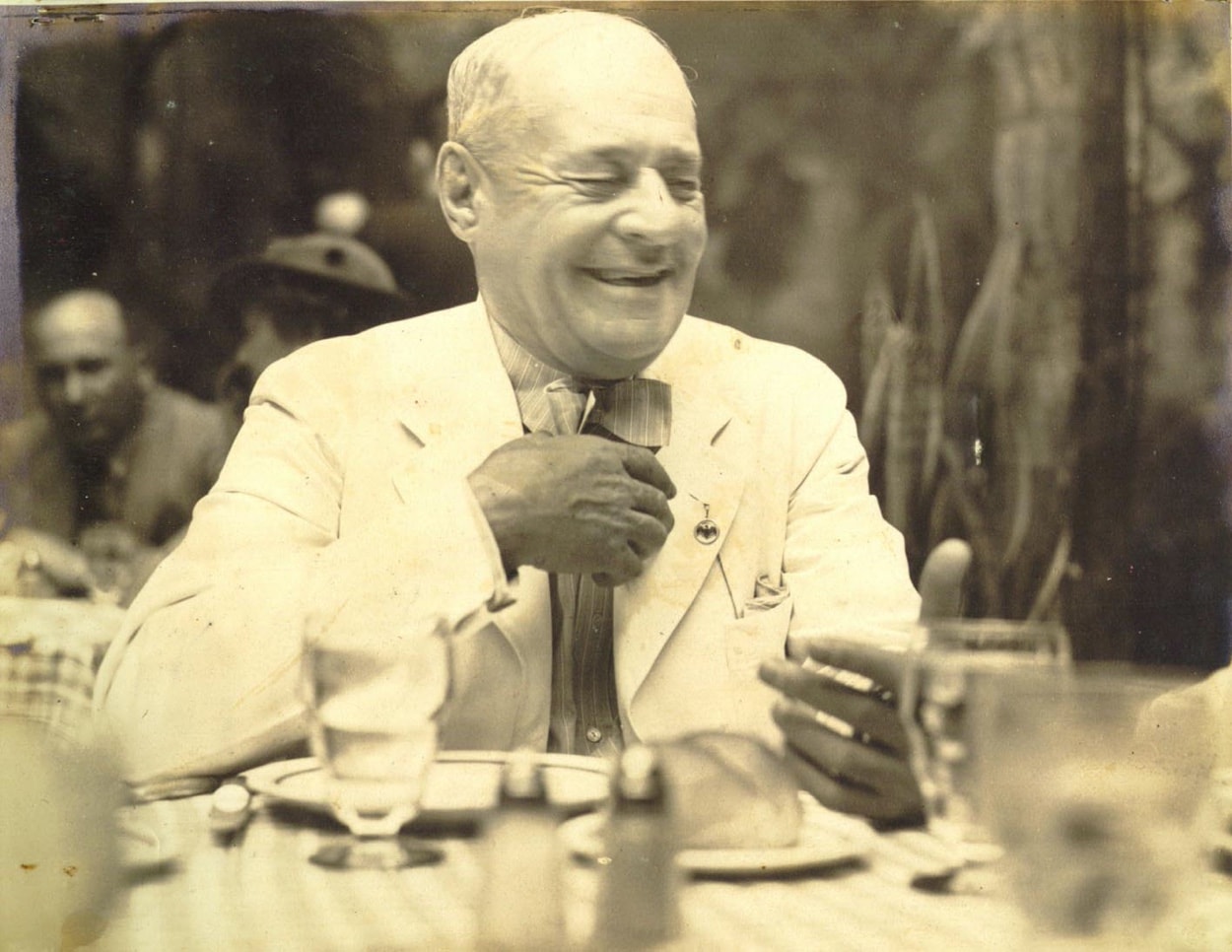
Rafael “Pappy” Valiente, nicknamed “the happiest salesman in Havana”
The elegant black and gold Art Deco lobby bar becomes a favorite hangout for artists, writers, celebrities and even the Spanish royal family. More BACARDÍ Legacy Cocktails are relished here in Havana’s heaven, like the Mismo, Mary Pickford, Presidente No.1, Presidente No.2, the Cuban Piña Colada, BACARDÍ Cocktail and the Daisy de Santiago.
In the 1930’s our family opens distilleries in Mexico and Puerto Rico, and in 1958 the expanded distillery in Puerto Rico was nicknamed the Cathedral of Rum by the Governor. Today, the facility in Cataño, Puerto Rico, remains the largest premium rum distillery in the world.
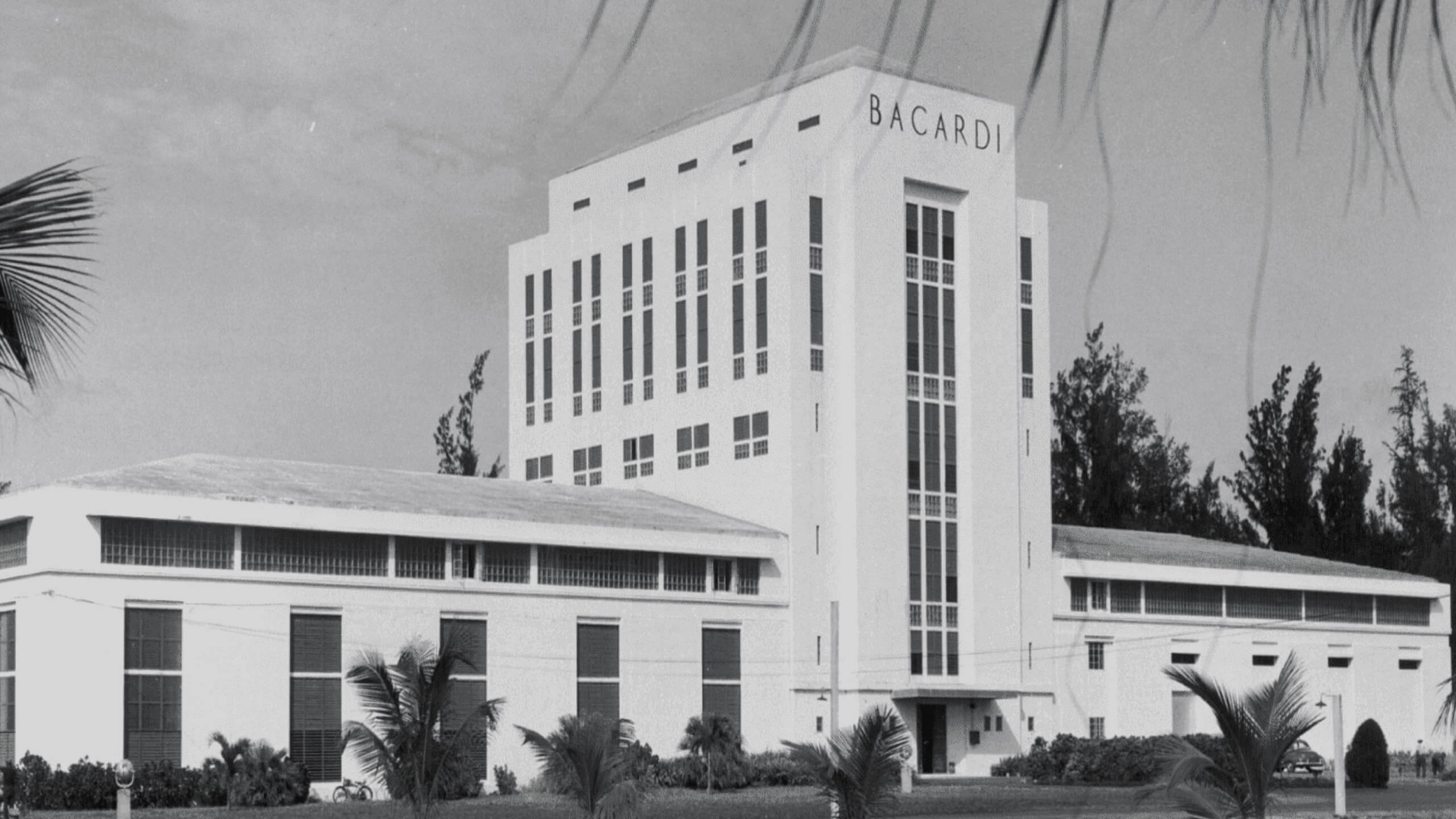
Casa Bacardí Puetro Rico – Cathedral of Rum
CHAPTER 5: THE TRUE MEANING OF THE FAMILY
Ok, now picture yourself in the heady times of late 1950’s Cuba. It’s at this time that the prophecy of El Coco comes true. As the palm tree withers, so does our family’s good fortune (but not for long, don’t worry!).
All Bacardi facilities and assets in Cuba are illegally confiscated without compensation by revolutionary government forces on the 14th of October, 1960. Just before the company’s 100th anniversary, many members of the Bacardí family flee Cuba into exile.
“From Cuba, we went to exile, it was not a good life, no money, no family, no nothing…”
Having cleverly moved the company’s trademarks and yeast strain out of Cuba however, we focus on Bacardi operations elsewhere in the world: Brazil, The Bahamas, Spain, Mexico, and Puerto Rico. This canny sense of thinking big and thinking ahead allows us to thrive in the face of adversity. Each BACARDÍ production site around the world manages to maintain the flavour profile and quality of the rum they distil – thanks to technology innovations and the Maestros de Ron BACARDÍ.
By 1965, though still in exile, the business is back on track for the Bacardi Company. We establish a new home in Bermuda which creates a strategic bridge between our established market in the US and our new market in Europe. This is the beginning of our family’s chapter as a truly global, family business.
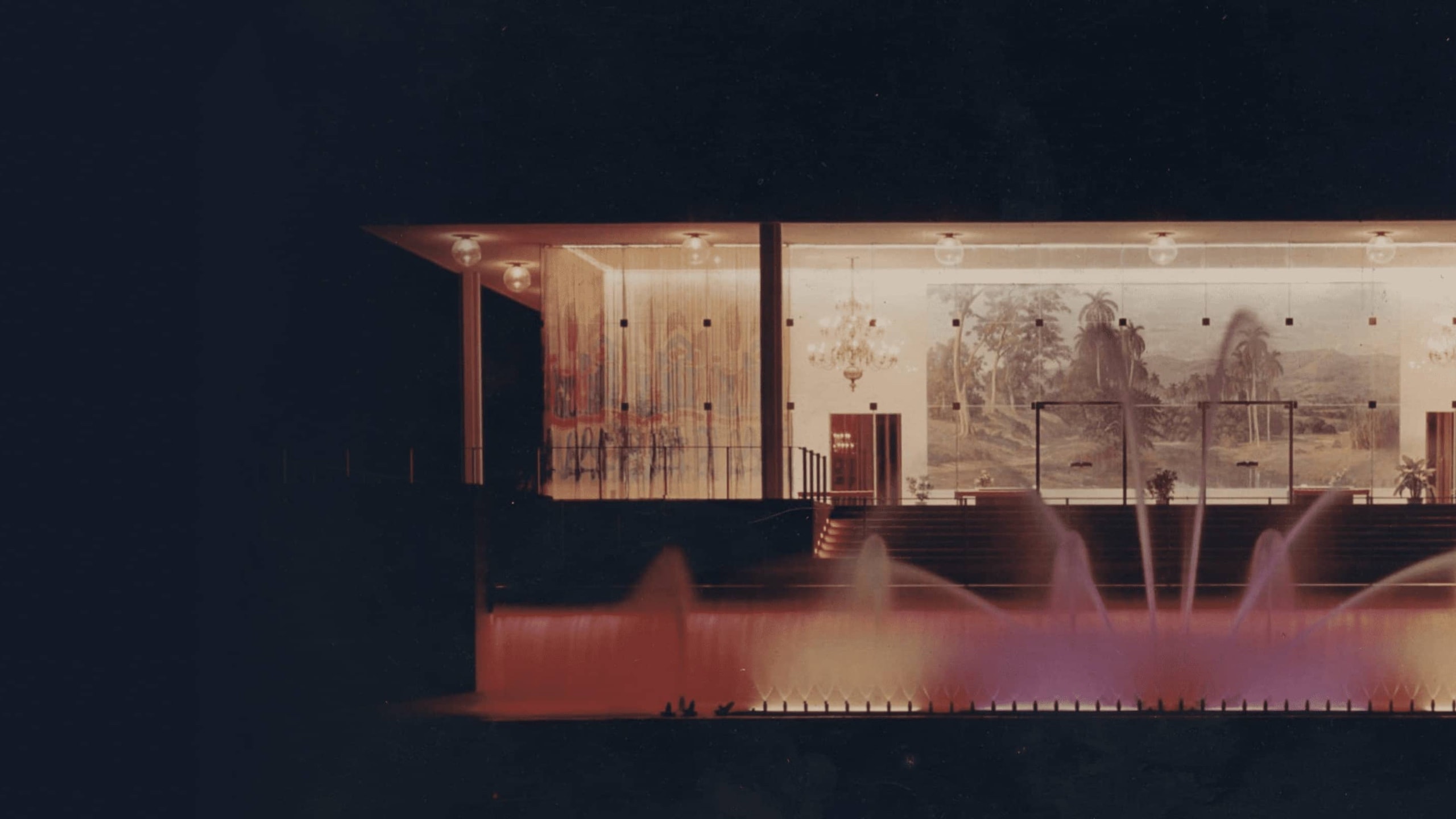
BACARDÍ International Limited moves from the Bahamas to a new home in Bermuda.
CHAPTER 6: OVER 150 YEARS OF BRINGING PEOPLE TOGETHER
By 1979, with worldwide sales close to 16 million (9-liter) cases, BACARDÍ Rum is recognized as the world’s number one selling premium spirit brand.
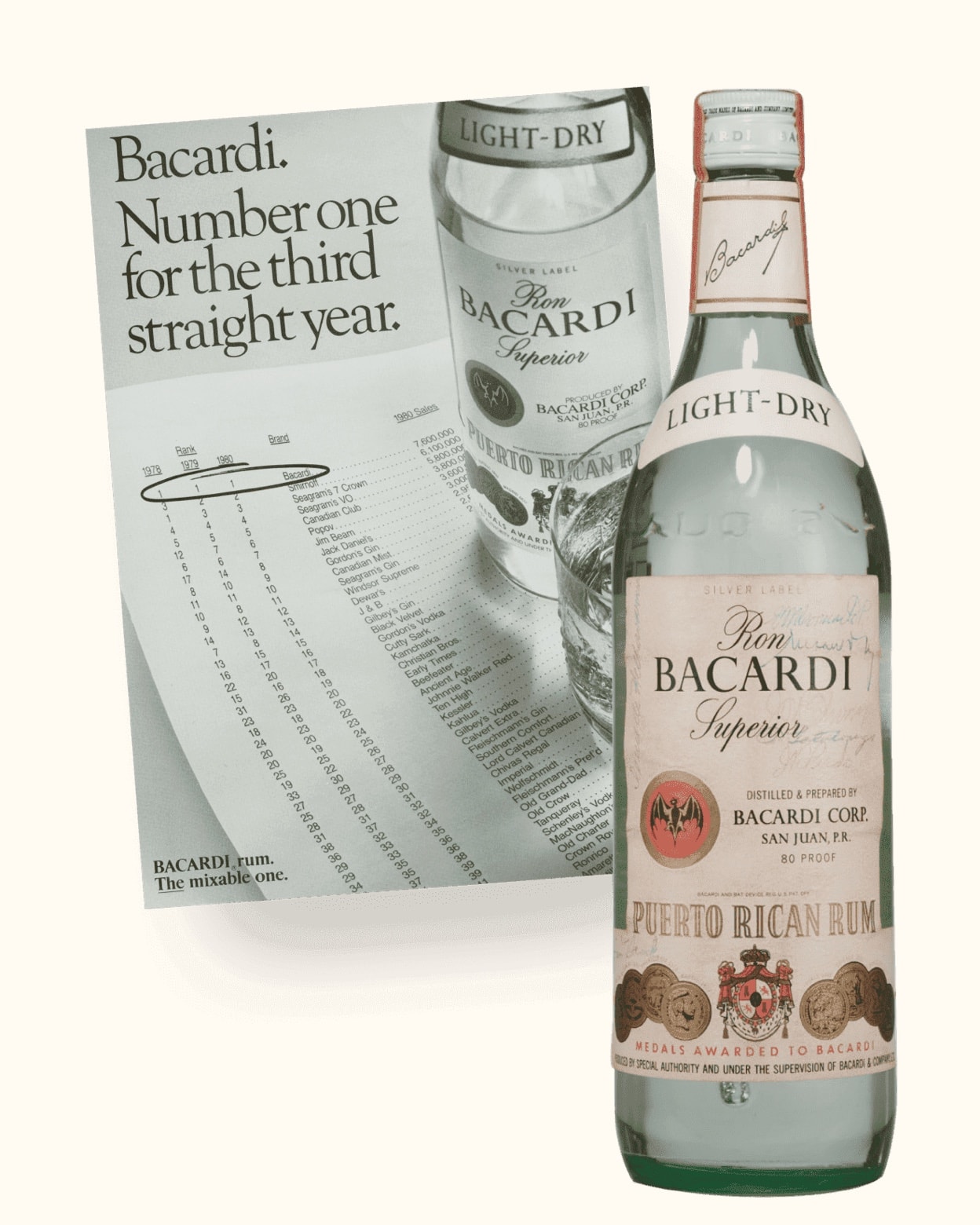
In 2009, Bacardi Limited achieves a Triple Crown certification to lead the industry as the only major spirits company in the world to have all its facilities globally certified to be operating in accordance with the world’s most recognized standards for quality, environment, and health and safety, Bacardi becomes officially recognised as one of the world’s best-run companies. (And still a family-run business after all these years!).
Today, with over 900 awards for technical innovation, taste and product quality, BACARDÍ Rum is the world’s most awarded rum.
We have been inspired by our own hardship to establish the Bacardí Family Foundation – to help give a fresh start to others in tough times. With more than a century of philanthropy, most notably through the work of Emilio Bacardí and the women of our second, third and fourth generations, this remains intrinsic to our identity as a family business.
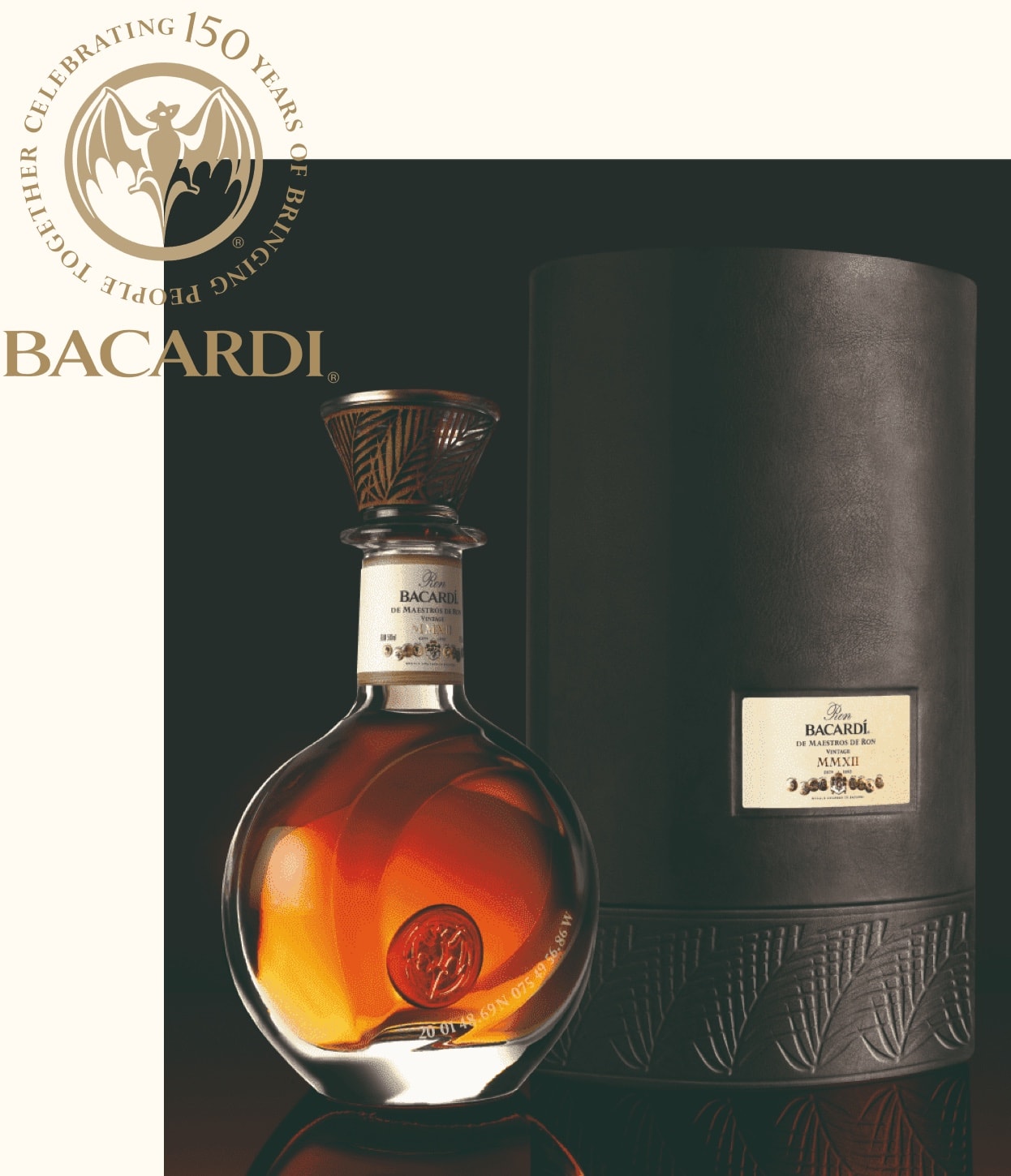
A limited edition $2000-a-bottle BACARDÍ rum is crafted by eight Bacardí family master blenders.
In 2012, members of the fourth, fifth, sixth and seventh generations of our family come together in Puerto Rico to celebrate the 150th anniversary of our family company. It’s a celebration of the success of BACARDÍ Rum as a brand but also the irrepressible spirit of our family that has seen us overcome countless obstacles since those early days in Cuba. Despite finding ourselves scattered throughout the world, our family ties continue to bind us together over and above everything else, thanks to the legacy of Don Facundo Bacardí Massó. True to our roots, our family continues to share the story of our homeland in Cuba where BACARDÍ Rum began over 158 years ago, and of course, we continue to produce an ever-growing family of the best rums in the world.
Today, we hope Don Facundo and Doña Amalia would be looking on with pride. The legacy they began over 158 years ago has been carried on by seven generations of the Bacardí family and the employees of Bacardi Limted, all over the world.
“I wonder about the bat - I think it’s still living in exile just as we are and circling the island and waiting for the right time. One day when the bat will go home, we will go home too.”
RELATED CONTENT


